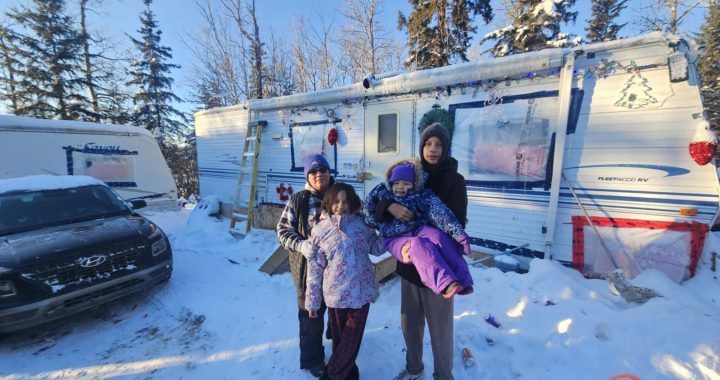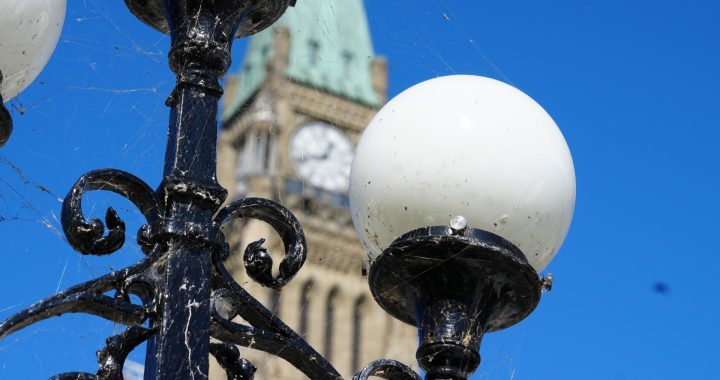Another province says it will end the controversial practice of “birth alerts”, which critics say puts Indigenous babies into care more than any group.
Ontario’s associate minister of children and women’s issues, Jill Dunlop, said the move will help modernize the child welfare system.
“We were hearing firsthand that this practice was taking place and it’s, you know, it’s traumatic for moms, for children and for families,” Dunlop told APTN News Tuesday.
“We’re trying to work to collaborate with families. That families have a voice in their plans moving forward. And birth alerts just do the exact opposite.”
Ontario is following the lead of British Columbia and Manitoba, which first took steps to eliminate the practice.
READ MORE: Province of Manitoba to end birth alerts
Birth alerts are issued by hospitals when child welfare agencies believe the child of an expectant parent may be in need of protection after delivery.
But it can devastate new parents and lead to marriage, family and individual breakdowns, the National Inquiry into Missing and Murdered Indigenous Women and Girls heard during Canada-wide testimony.
In its final report of June 2019, the inquiry called on all provincial and territorial governments to end the practice of placing birth alerts on expectant mothers.
Dunlop said that’s just what her government is doing after hearing from the inquiry and Indigenous organizations.
The Ontario Native Women’s Association (ONWA) has been advocating against the practice for years.
Voices of grassroots
“This was really based on what we were hearing on the ground and in communities and in the voices of grassroots women from all across Canada really,” said ONWA’s executive director Cora McGuire-Cyrette.
“We have been bringing forward this issue that that the unwritten rules and practices that lead to racism and systemic discrimination based on a woman’s gender and race depending on how racialized you are, the more likely you are to suffer gender-based violence in the child welfare system.”
Still, more research needs to be done to determine what is best for the safety of infants and children, said Cindy Blackstock, executive director of the First Nations Child and Family Caring Society.
Blackstock said a University of Toronto study published in February 2020 found evidence-based literature about the practice is limited.
“What we need to do is more research to find out how is it that we keep children safe in those very rare circumstances where it’s clear that the parent presents a clear and obvious danger to that child,” she said.
“And then how do we – for the vast majority of people – not penalize them, but rather provide the supports they need to be loving, caring and effective parents in the way that they want to be.”
Blackstock said questions about how to address poverty, inadequate housing, addictions and multi-generational trauma need to be addressed to reduce the number of children and infants in care.
According to McGuire-Cyrette, a long journey of unpacking the child welfare system and assumptions about Indigenous parents remains ahead of organizations, partners and governments.
“We have to look at racism, gender-based discrimination, gender-based violence – all across Canada – because it’s there,” she said.
“We have to admit that it’s there in order to have better outcomes for everybody. Indigenous children deserve better, and it’s up to us to make that change now so that way we can break that cycle of violence.”
Dunlop said announcements about further collaboration between service providers, children’s aid societies and families will be made in the days to come.










